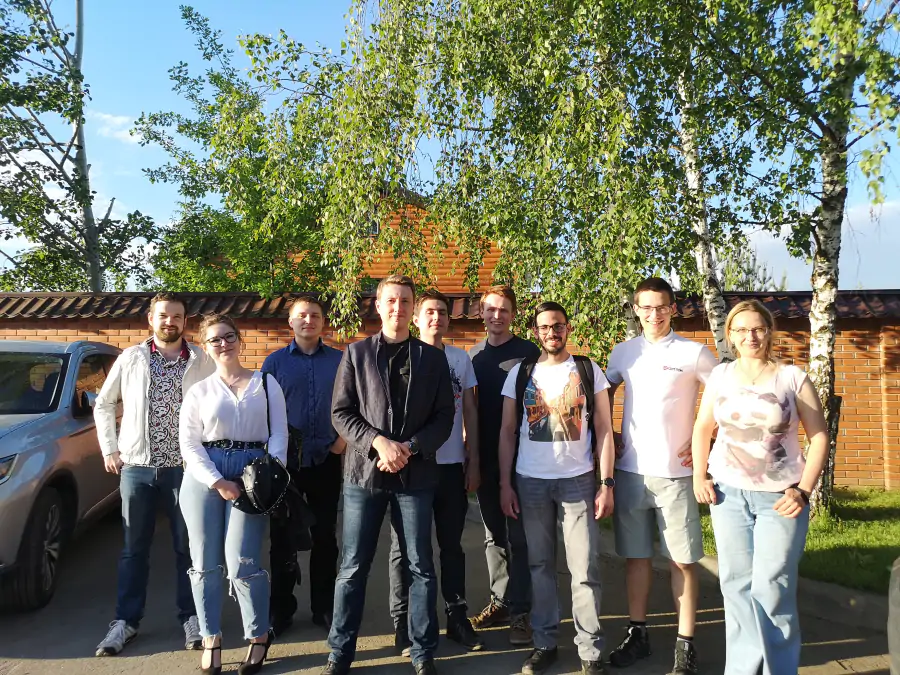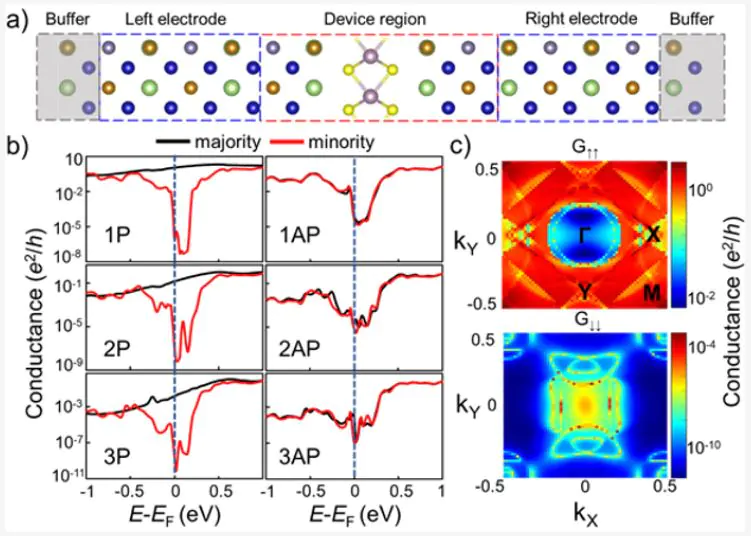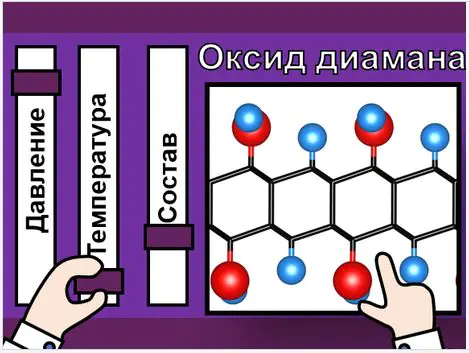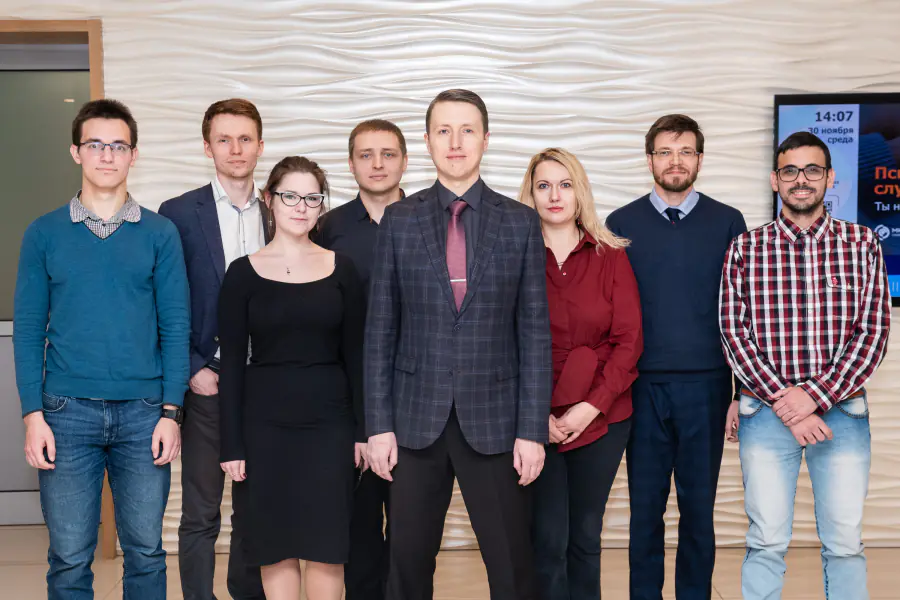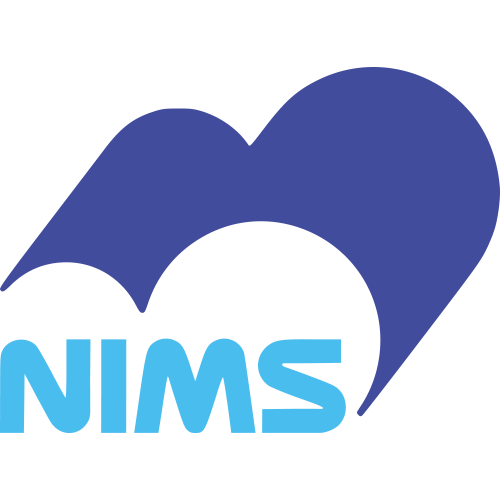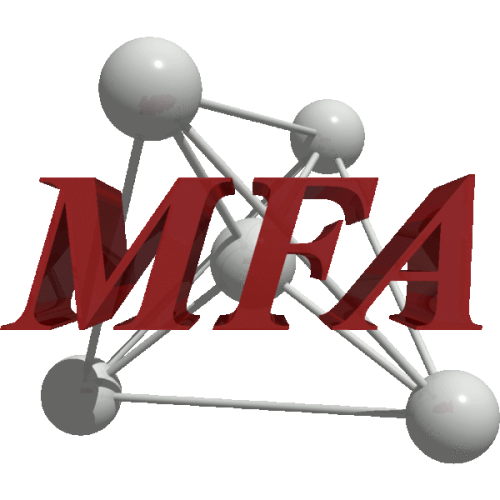The article is published in J. Phys. Chem. Lett.
The possibility of light oxidation of sp2-hybridized carbon gives access to graphene oxide, one of the oldest and most studied graphene derivatives. Relatively inexpensive and widely available, GO is an attractive material for various applications in the field of sensors, energy storage, two-dimensional electronics and optoelectronics, photocatalysis and memristors, etc.
Graphene oxide is a monolayer material, the further development of which can be devoted to the study of a thicker structure, such as bilayer graphene oxide. Hydrogenation or fluorination of bilayer graphene results in barrier-free bonding of the layers into an sp3-hybridized structure called diamane. The effect of the chemically induced transition predicted by us has been repeatedly confirmed in the experiment.
It is important to note that, despite the successful synthesis of diamane by hydrogenation and fluorination, in most studies, graphene binding is associated with the deposition of oxide groups on its surface. Unlike hydrogenated and fluorinated diamane, the structure of oxidized diamane has not yet been studied in detail. There are only a limited number of papers in which relatively simple models are proposed. This is an obstacle to further analysis and interpretation of experimental data. The main problem is that graphene oxide (like diamane oxide) can be considered as a two-dimensional solid solution of various functional groups statistically distributed on the graphene surface. This is probably true for diamane oxide, therefore, the description of its structure requires considering it as a solid solution of various functional groups, as we proposed for graphene oxide.
In the presented work, we tried to fill this gap and find out the details of the formation of diamane oxide, as well as its properties. We studied the idea that oxygen-containing groups are able to disrupt the π system and completely cover the outer surface of multilayer graphene, changing the hybridization of carbon atoms from sp2 to sp3.
First, we found energetically advantageous structures of diamonds with a full surface coating of H, -OH or peroxide functional groups. Then we identified the thermodynamic stability range depending on the external pressure and chemical environment, determined by the choice of the precursor. In particular, we found that the commonly used oxygen source, H2O, requires the application of pressure to form stable oxidized diamane, which is in full accordance with experimental data.
Next, we studied the possibility of regulating the electronic properties in energetically advantageous diamane films. We have shown that, depending on the concentration of OH groups on the surface, the band gap of diamane oxide can vary from 4.6 eV to 6.5 eV, and the effective mass varies from 1.1 m0 to 0.6 m0.
For the two most representative films, namely H-diamane and OH-diamane, we studied how their electronic states change depending on the thickness of the film. We have shown that double-layered diamane behaves like a homogeneous semiconductor, while thicker films with more than 5 layers include surface and bulk regions with different conductivity properties.
